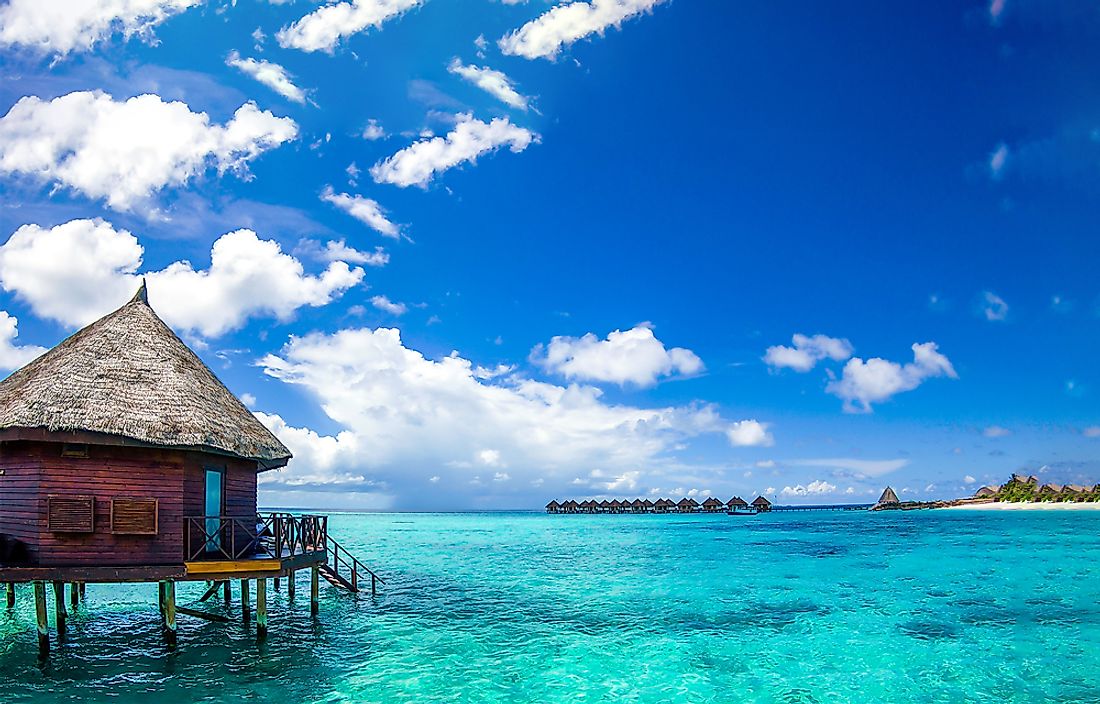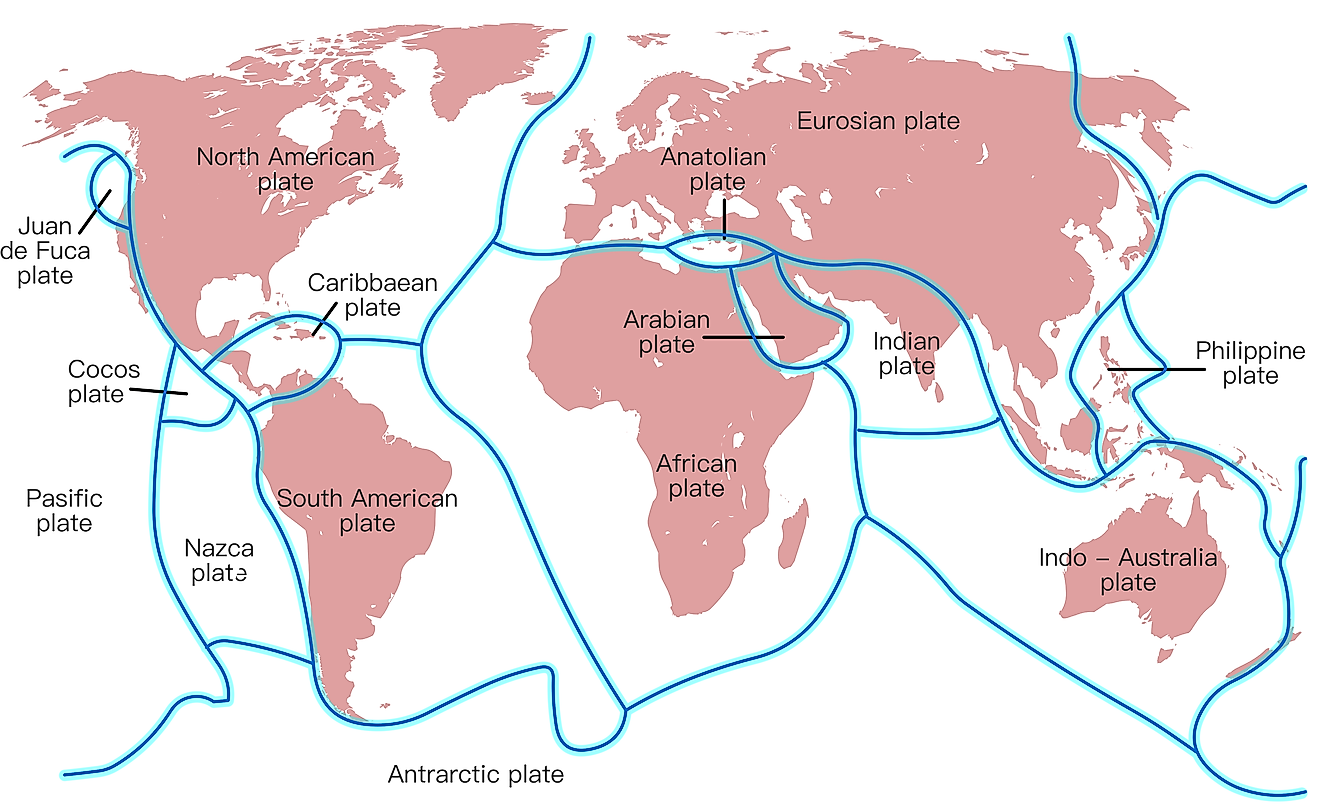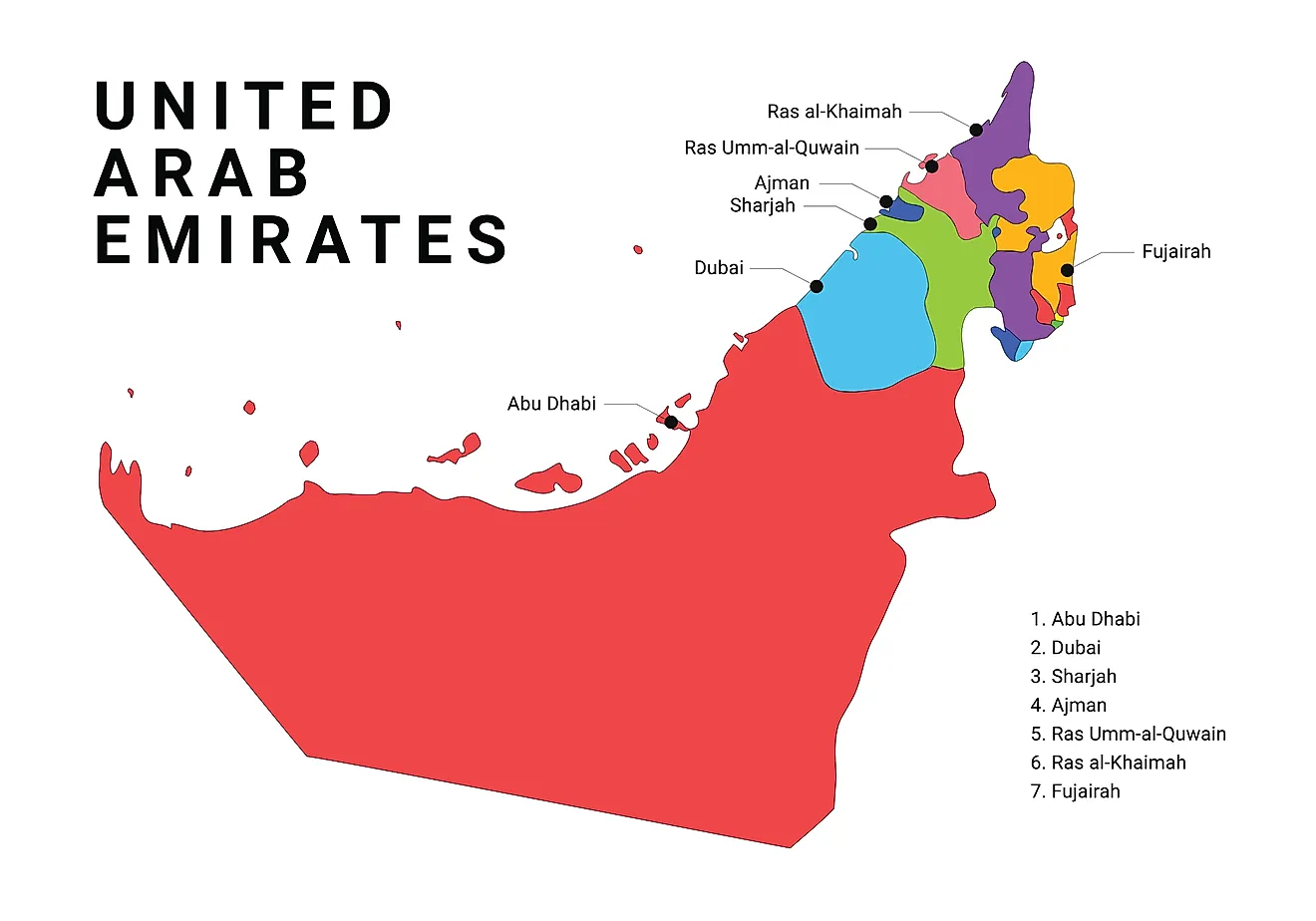Kashmir Conflict
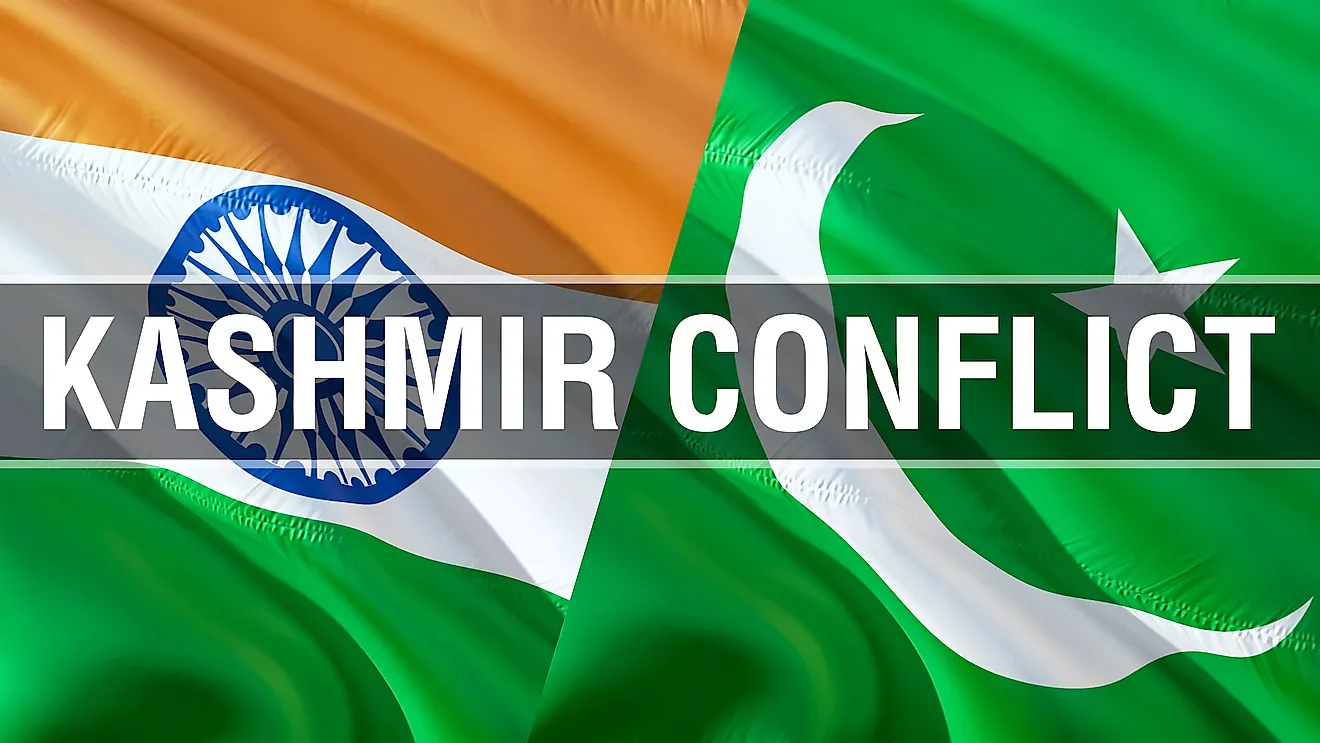
- India and Pakistan have fought over the region of Kashmir since they both gained independence in 1947.
- China is a minor party to the Kashmir dispute, as it took over a small part of it from India in the brief Indo-Chinese war of 1962.
- An insurgency in Kashmir against Indian rule began in 1987.
- Today, Kashmir is effectively partitioned between India, Pakistan, and China.
Ever since they both gained independence in 1947, India and Pakistan have had a very tense relationship with each other. The reason for this tense relationship is a long-running territorial dispute over the region known as Kashmir, which is located in the larger Himalayan region of Southern Asia. Kashmir holds significance for both India and Pakistan, so much so that the two countries have gone to war over it four times. Resolving the dispute over Kashmir has gained increasing importance over the last two decades, as both India and Pakistan now possess nuclear weapons. Thus, any future armed conflict over Kashmir has the potential to be catastrophic.
What Is Kashmir?
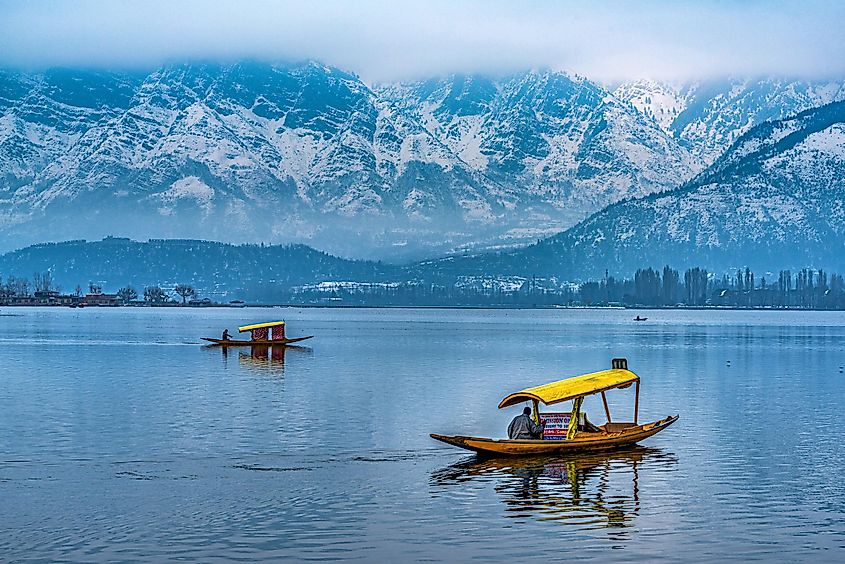
Kashmir is a region that straddles northeastern Pakistan, northwestern India, and a very small part of southwestern China. The region is bordered to the northwest by Afghanistan, to the northeast by China, to the south by the Indian states of Himachal Pradesh and Punjab, and to the west by the Northwest Frontier and Punjab provinces of Pakistan. Its total land area is about 222,236 sq. km. Kashmir is situated in the Himalayas, and its geography is characterized by lakes, meadows, and snow-capped mountains.

Today, Kashmir is divided between India, Pakistan, and China. The Indian part of Kashmir is administered as the state of Jammu and Kashmir and the union territory of Ladakh. Pakistani-controlled Kashmir is known as Azad (free) Kashmir, while the small portion of Kashmir that is controlled by China is known in Aksai Chin. The population of Jammu and Kashmir is about 13 million, while the population of Ladakh is approximately 289,000. Azad Kashmir has an estimated population of 4.1 million. Aksai Chin is virtually uninhabited. Kashmir is ethnically diverse, though from a standpoint of religion, the overwhelming majority of the people in Kashmir as a whole are Muslims. In fact, the Indian state of Jammu and Kashmir is the only state in India with a Muslim majority.
Historical Background Of The Kashmir Dispute
The current dispute over Kashmir dates back to when India and Pakistan became independent. Under the terms of the Indian Independence Act by which the British colony of India was partitioned between predominantly Hindu India and predominantly Muslim Pakistan, Kashmir was free to choose which country it wanted to join. Hari Singh, a Hindu, who was the maharaja (ruler) of Kashmir at the time of partition, initially wanted Kashmir to become independent, and not be part of India or Pakistan.
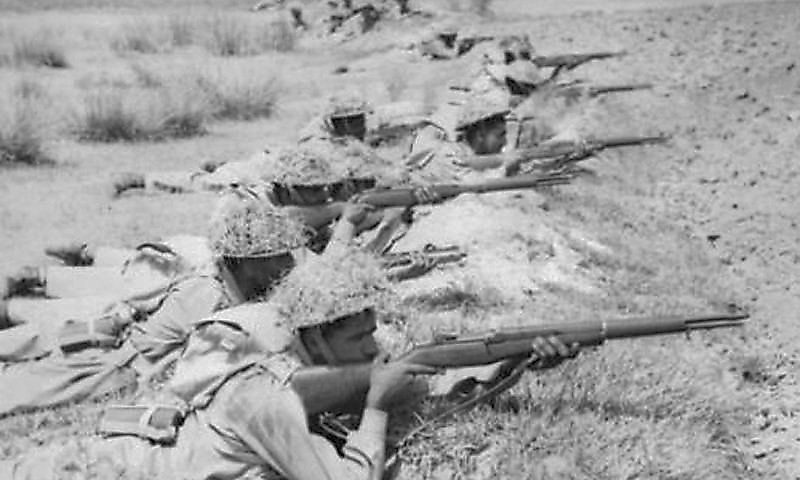
A section of the region’s Muslim community, however, demanded that Kashmir become part of Pakistan. But Hari Singh refused to accede to their demands. Subsequently, a group of Muslim tribesmen from Pakistan began an invasion of Kashmir. This invasion prompted Hari Singh to sign a treaty of accession with India. The Indian government then dispatched troops to counter the Pakistani invasion. This was the beginning of the first war between India and Pakistan over Kashmir. In 1949, a ceasefire between the two newborn countries was negotiated under the auspices of the United Nations. Since that time, Kashmir has been effectively partitioned.
The Fight For Kashmir Continues
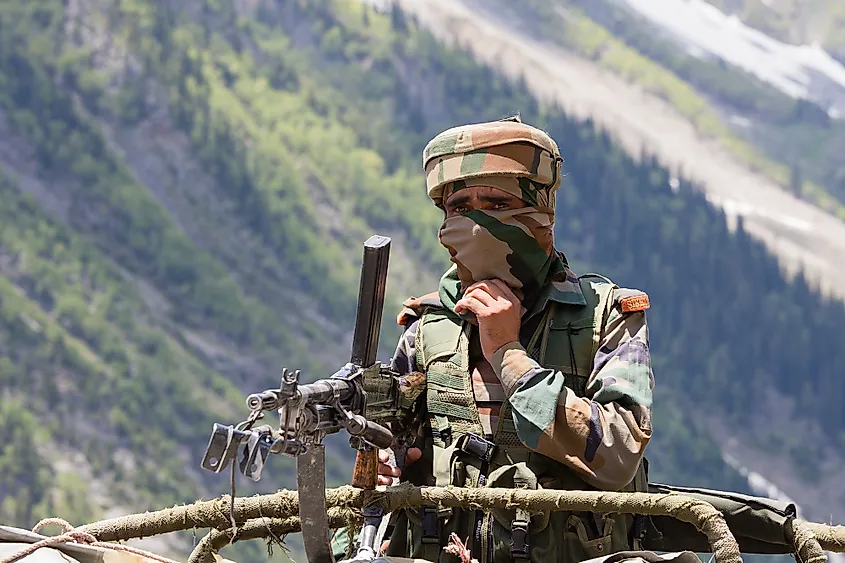
In the late 1940s and early 1950s, attempts by the UN to organize a referendum in Kashmir on the region’s future failed, mainly because India refused to allow such a vote to take place. In 1962, China became minor party to the conflict over Kashmir when it invaded and occupied what is now known as Aksai Chin during a brief war with India. India and Pakistan subsequently fought three more wars over Kashmir. One took place in 1965, and resulted in no changes to the 1949 ceasefire conditions. The Indo-Pakistani war of 1971-72, however, ended with an agreement known as the Simla Agreement, by which the two countries agreed that the ceasefire line that divided Kashmir would be established as the Line of Control, and that the conflict over the region was to be resolved peacefully. This agreement formed the basis for the future relations between India and Pakistan.
The late 1980s saw the beginning of an insurgency in Indian-administered Kashmir. This insurgency began in 1987, when the results of state elections were disputed. Leading the insurgency was a group known as the Jammu and Kashmir Liberation Front (JKLF). Ever since this rebellion against Indian rule began, India has accused Pakistan of fomenting descent in Indian-controlled Kashmir. The Indian government has also accused Pakistan of dispatching fighters across the Line of Control to fight with the insurgency. Indeed, it was the invasion of militants from Pakistan into the Kargil district of Jammu and Kashmir which precipitated another brief war in 1999.
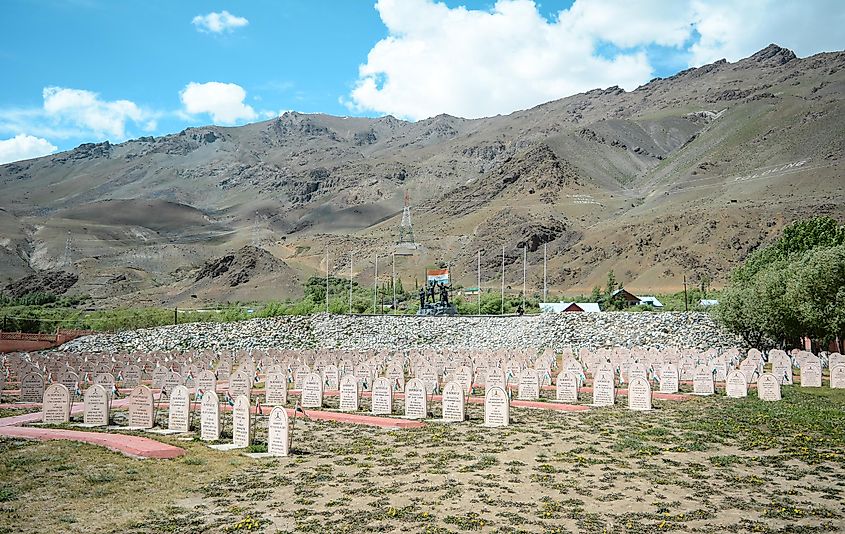
Armed skirmishes that have sometimes resulted in the deaths of both Indian and Pakistani soldiers have continued well into the 21st century. Some of these skirmishes occur between soldiers from the Indian and Pakistani armies, such as when Indian forces killed 7 Pakistani soldiers as gunfire was exchanged across the Line of Control in November 2016. In other cases, the skirmishes take place between Indian soldiers and militants, who often cross into Indian-controlled Kashmir from Pakistan. In September of 2016, for example, 18 Indian soldiers were killed in an attack by militants on an army base in Indian-controlled Kashmir.
Meanwhile the insurgency in Jammu and Kashmir has continued. In July 2016, things took a turn for the worst when the Indian government imposed a curfew on most of Jammu and Kashmir after its security forces killed popular militant leader Burhan Wani. Some of the insurgent groups fighting in Jammu and Kashmir adhere to Islamic fundamentalist ideologies. For many people in Kashmir, the conflict with India has a religious connotation as the Muslim majority in the state resents being ruled by a country with a Hindu majority.
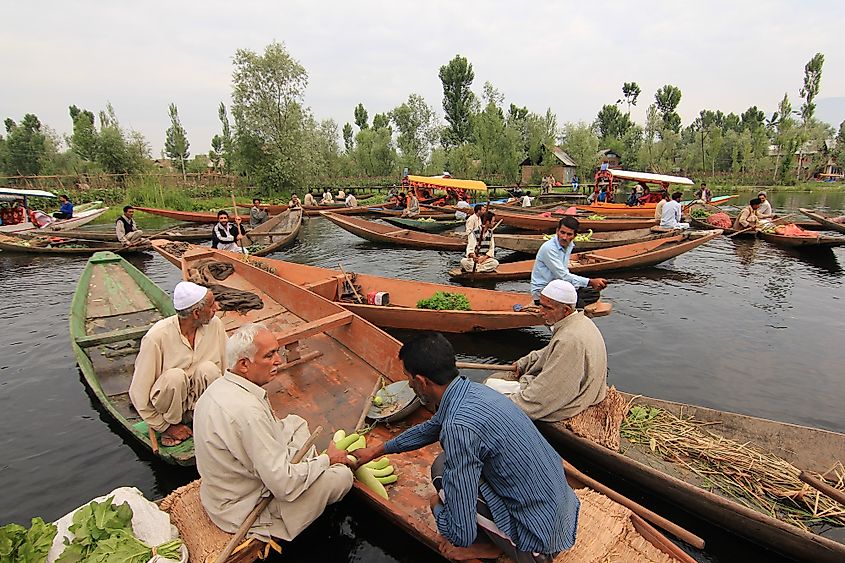
Perhaps the latest, most significant development in the Kashmir conflict has been the Indian government’s decision in 2019 to remove the special status of Jammu and Kashmir, which gave it a significant level of autonomy, including the right to its own constitution, a separate flag, and the freedom to make laws. This special status has been accorded to the state since it became part of India. People in Kashmir are particularly worried about the removal of one particular aspect of Jammu and Kashmir’s special status, which prohibits people from outside the state from residing or owning property therein. They fear that removing this provision will cause people from other parts of India to stream into Jammu and Kashmir, thereby changing the demographics of the state, and perhaps eliminating the state’s Muslim majority.









